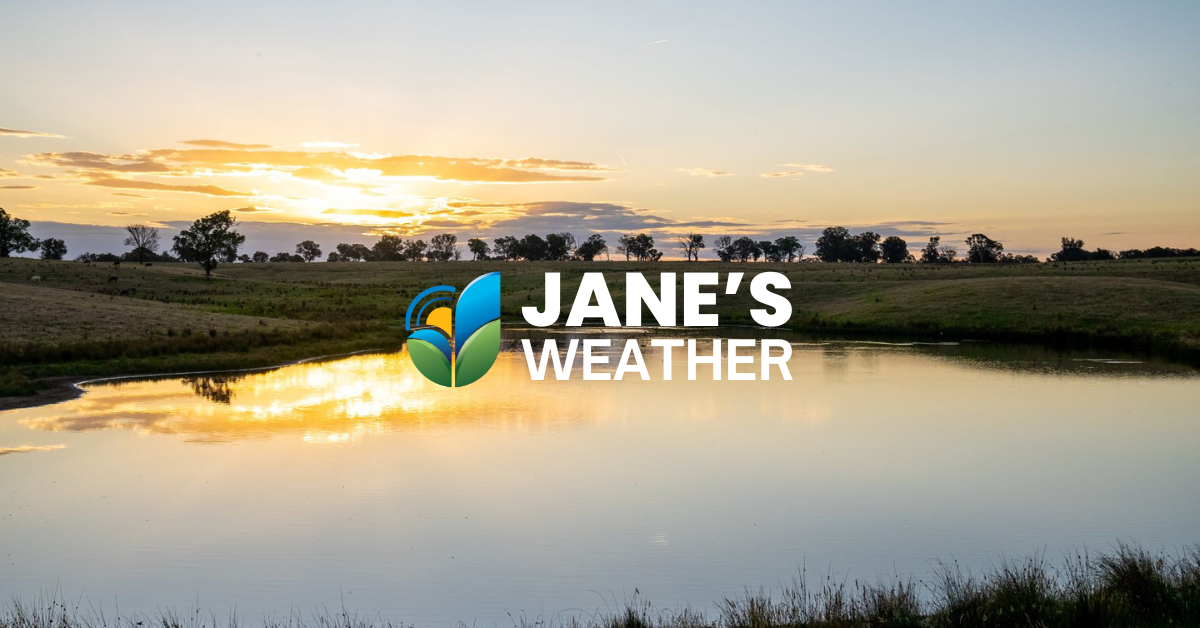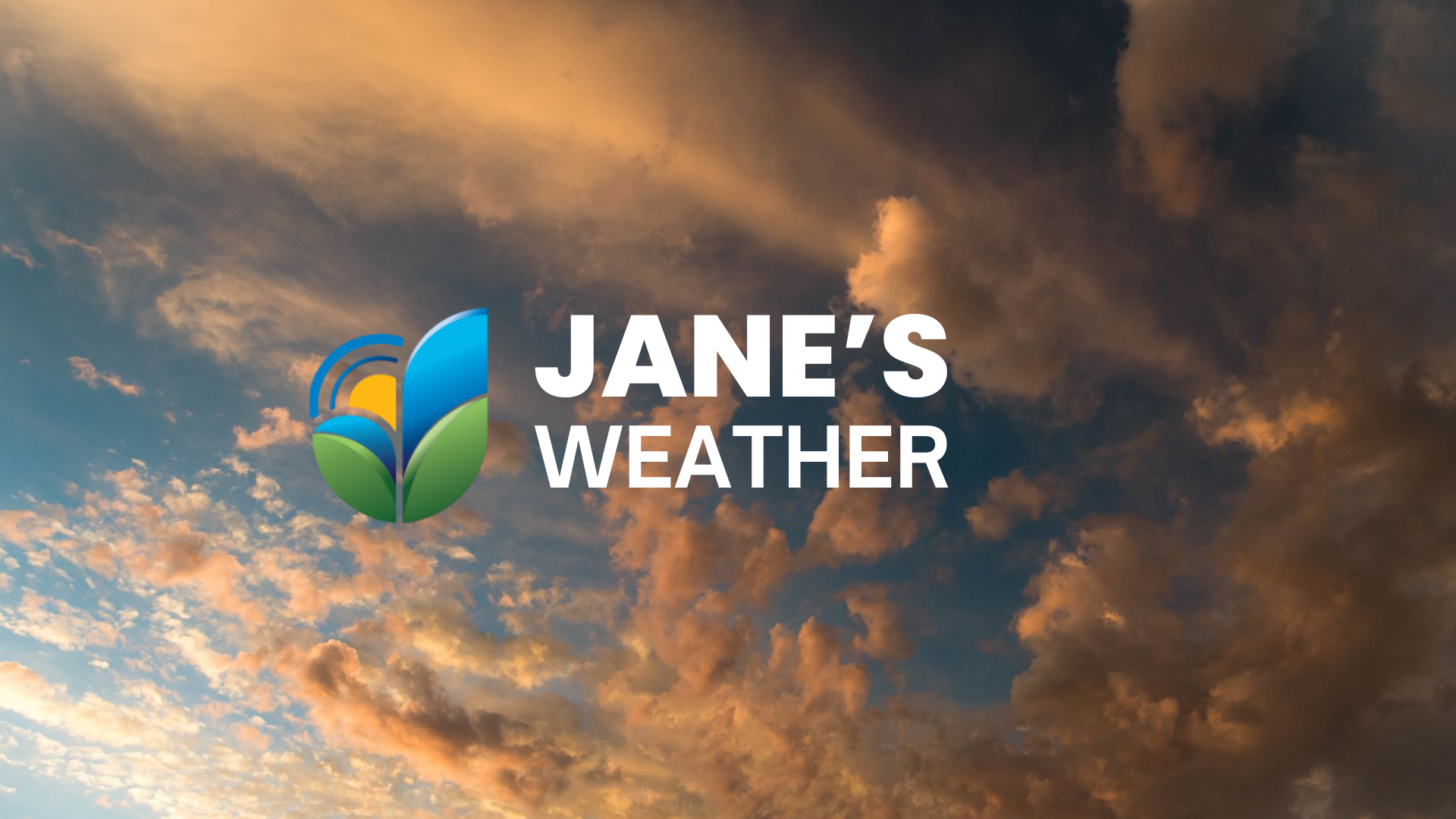Mixed outlook as we head into Christmas
We have a brief burst of heat in the southeast, followed by showers and storms to the east of the trough which brings a cool change.
-1.png)
The cold outbreak crosses the southeast and is felt as far north as Queensland, but conditions ease over the weekend and next week is fairly quiet at this stage.
We have a cold outbreak crossing the southeast, reminding us that while it may be the very end of winter, the weather pattern doesn't care what the calendar says.
A strong cold front is crossing the southeast, followed by a trough, both driven by a low crossing Bass Strait.
The speckled cloud on the satellite shows us just how cold this air is, as the air in behind the front has taken a short trip up from near Antarctica. The showers are widespread, with local gusty thunderstorms. Severe weather warnings are also widespread (shown in yellow) for the potential for damaging winds, on Friday and Saturday (with the threat moving eastwards as the weather systems do).

Satellite, radar and severe weather warnings for damaging winds at lunch time on Friday.
This cold outbreak will be felt as far north as Queensland. Not with cloud or rain, but sunshine and a cold wind. The front strips the moisture from the air so it feels a lot colder - a temperature of 20C feels more like the low teens.
This weather system moves away on the weekend, and next week will be dominated by high pressure. The high looks widespread over southern Australia, letting the air thaw out and the winds ease. It won't stop all the rain though as there are two further disturbances set to move across the southeast, on Sunday into Monday, and on Wednesday into Thursday. These are much, much weaker than the big cold outbreak, and felt most in Tasmania.
We also have a trough developing over inland Queensland that will work with the high and the resulting onshore winds to bring a bit of wet weather to eastern Queensland and northeast NSW. This is on Monday into Tuesday next week and looks very weak.
BoM and Euro's guidance for next week and the second week of September currently differ considerably, meaning we have low confidence in the forecast. When different models show similar forecasts then we are much more comfortable in the likelihood of outcome, but there really aren't many similarities between the two at the moment:
.gif?width=800&height=720&name=ezgif.com-animated-gif-maker%20(4).gif)
ECMWF modelling for the first two weeks of September.
.gif?width=800&height=535&name=ezgif.com-animated-gif-maker%20(5).gif)
BoM modelling for the first two weeks of September.
BoM's latest Spring Forecast release shows the warmer than average waters off Queensland will feed our weather systems - and more moisture means more rainfall. But as always, this is just one part of the rainfall equation, and we don't know where these weather systems will move. We look at this as: we have plenty of moisture to play with and those in the path of the lows should see heavier than average rain. This is for Spring and likely to continue for Summer..png?width=800&height=535&name=rain.forecast.median.national.season1.latest.hr%20(6).png)
BoM modelling for Spring 2025.
Unfortunately due to technical issues there isn't a video update this week. Apologies for any inconvenience caused.
Jane’s Weather provides hyper local weather forecasting based on the consensus of all the weather models, using Machine Learning and AI to calibrate the forecast to conditions at your farm. We include updates on temperature, rain and wind, along with evapotranspiration for efficient water usage, frost risk, growing degree days and a detailed spraying forecast customised for any property in Australia.
Posts By Tag

We have a brief burst of heat in the southeast, followed by showers and storms to the east of the trough which brings a cool change.

We've moved into a phase of weather with limited connection to tropical moisture, an ending Negative Indian Ocean Dipole, and a weak La Nina - so...

The leftover moisture from Cyclone Fina is meeting up with a trough over the centre of the country and it is set to spread significant rain...